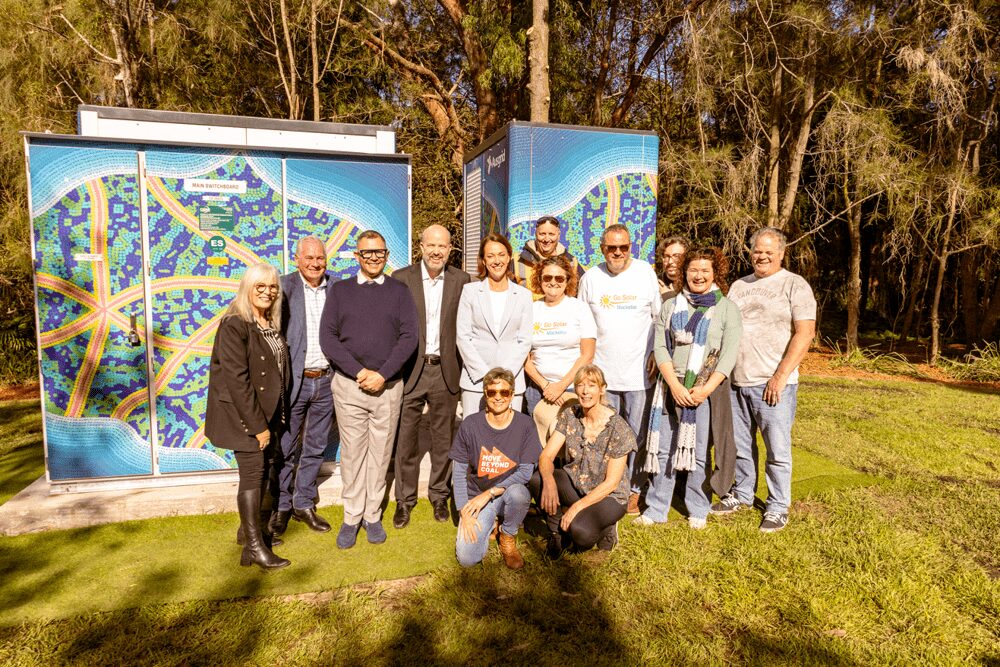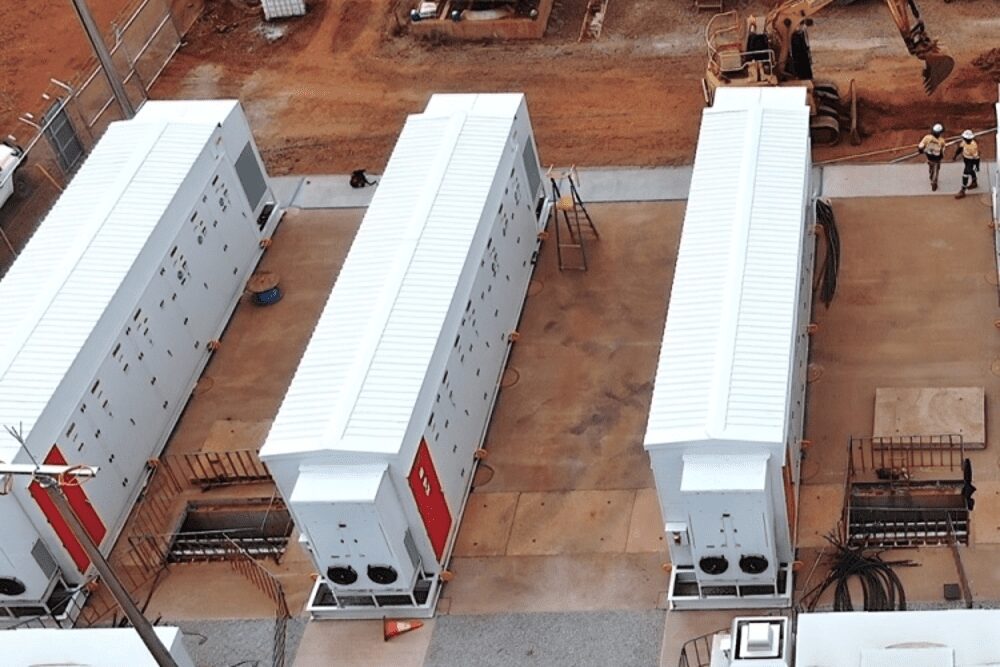
According to Wood Mackenzie’s Accelerated Energy Transition (AET) scenario, which sees global warming limited to 2.5 degrees (Celsius), the battery raw materials supply chain requires much more investment by 2030.
Wood Mackenzie’s AET brings electric vehicle (EV) uptake forward by 10 years and sees EVs make up around 40 per cent of passenger car sales by 2030. This considerably accelerates the demand for batteries and the raw materials that go into them.
As outlined in the energy research and consultancy group’s recent report, the AET would require nearly 800 kt LCE of additional lithium to come online in the next five years to meet the needs of the battery sector. This would see the global lithium market surpass pne million tonnes LCE in 2025.
The cobalt market would have to double by 2025. To put this into perspective, to meet the incremental demand from EVs through 2030, an additional eight mines the size of Glencore’s Katanga would be required.
As it stands, the battery sector makes up less than 5 per cent of total nickel demand. Under the AET, this would rise rapidly to 20 per cent by 2025 and 30 per cent by 2030.
An additional 1.3 million tonnes of nickel suitable for the battery sector would be required by 2030.
With graphite used in nearly all lithium-ion battery types, it is a similar story. The battery sector would make up more than 35 per cent of demand by 2030, with demand growing by 1.6 million tonnes by that date.
The scale of the challenge is clear and leaves the industry with two options: increase supply or decrease demand.
Gavin Montgomery, Wood Mackenzie Research Director, said given that spot prices for most battery metals are currently in the doldrums, and miners typically require higher prices to incentivise new supply, relying on the natural cycle of mine development would appear to be a losing strategy if the world requires a large number EVs in a short space of time.
“An AET will need a helping hand to get things moving,” he said.
The OEM–cell producer partnership has become increasingly common over the past few years. However, except for a small group of companies, OEMs are yet to take the plunge with investing in mining assets.
If OEMs do not choose to secure their own supply, Wood Mackenzie notes that EV sales penetration rates are unlikely to surpass 15 per cent in the medium term.
During China’s steel boom, the government encouraged companies to invest in overseas mining assets to secure supply. Although the policy had varying levels of success, the pattern has continued, and China currently controls a large share of battery raw materials supply.
Milan Thakore, Wood Mackenzie Senior Research Analyst commented that while they do not expect to see similar overseas pushes from Western governments, corresponding support for homegrown supply chains will be key if an accelerated EV uptake is to be achieved.
“This concept of regionalised rather than globalised supply chains has been given added impetus since the exposure of supply chain vulnerabilities due to the coronavirus pandemic.”
Finding alternative sources of metals, including using secondary supply through recycling, is another option available to the industry.
However, as highlighted in Wood Mackenzie’s report, current EV sales are too low to generate a sufficiently large scrap pool to create any meaningful new source of supply by 2030.
“Scrap supply will become increasingly important as we move further out beyond 2030 but will be no magic pill over the coming years,” added Montgomery.
With so many challenges surrounding a supply increase, Wood Mackenzie says a more likely alternative may be to reduce the demand for these critical battery materials.
EV charging capabilities and the availability of charge points are all still too limited for consumers to be comfortable with smaller battery packs.
This has encouraged the trend of longer ranges and bigger battery packs and Wood Mackenzie expects this to continue throughout the next decade.
“However, less kWh typically means less metal required. As such, smaller battery packs could drastically reduce demand. If pack size plateaus at 60 kWh, the demand for battery metals will drop 20 per cent by 2030,” said Thakore.
Fuel-cell electric vehicles (FCEVs) do not have the same demand for battery raw materials as battery electric vehicles (BEVs) and so their proliferation could reduce the strain on metals supply through the medium term, says Wood Mackenzie.
Unfortunately, the progress of FCEV technologies has been slow over the past few years. Several major automakers have abandoned their FCEV efforts and switched to BEV manufacturing.
Aside from the limited support from key automakers, fuel-cell technology must compete with the rapid progress of lithium-ion technology.
“If the world is to pursue an accelerated energy transition, much more capital will be required in a very short space of time for the development of the battery raw materials supply chain – from mines through to refineries and cell production facilities. Yet with low prices and the global economy suffering from a recession, the prospect of this being achieved is limited,” concluded Montgomery.











